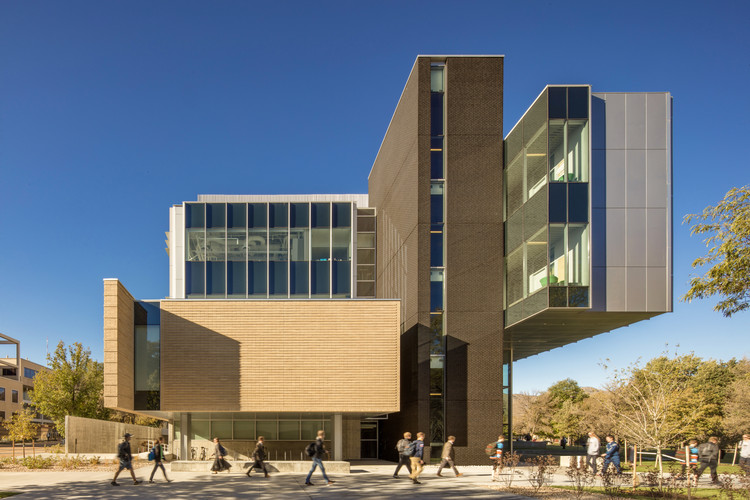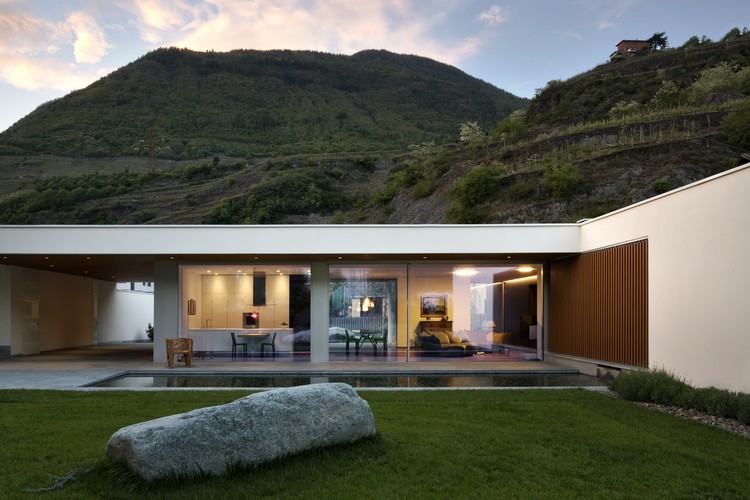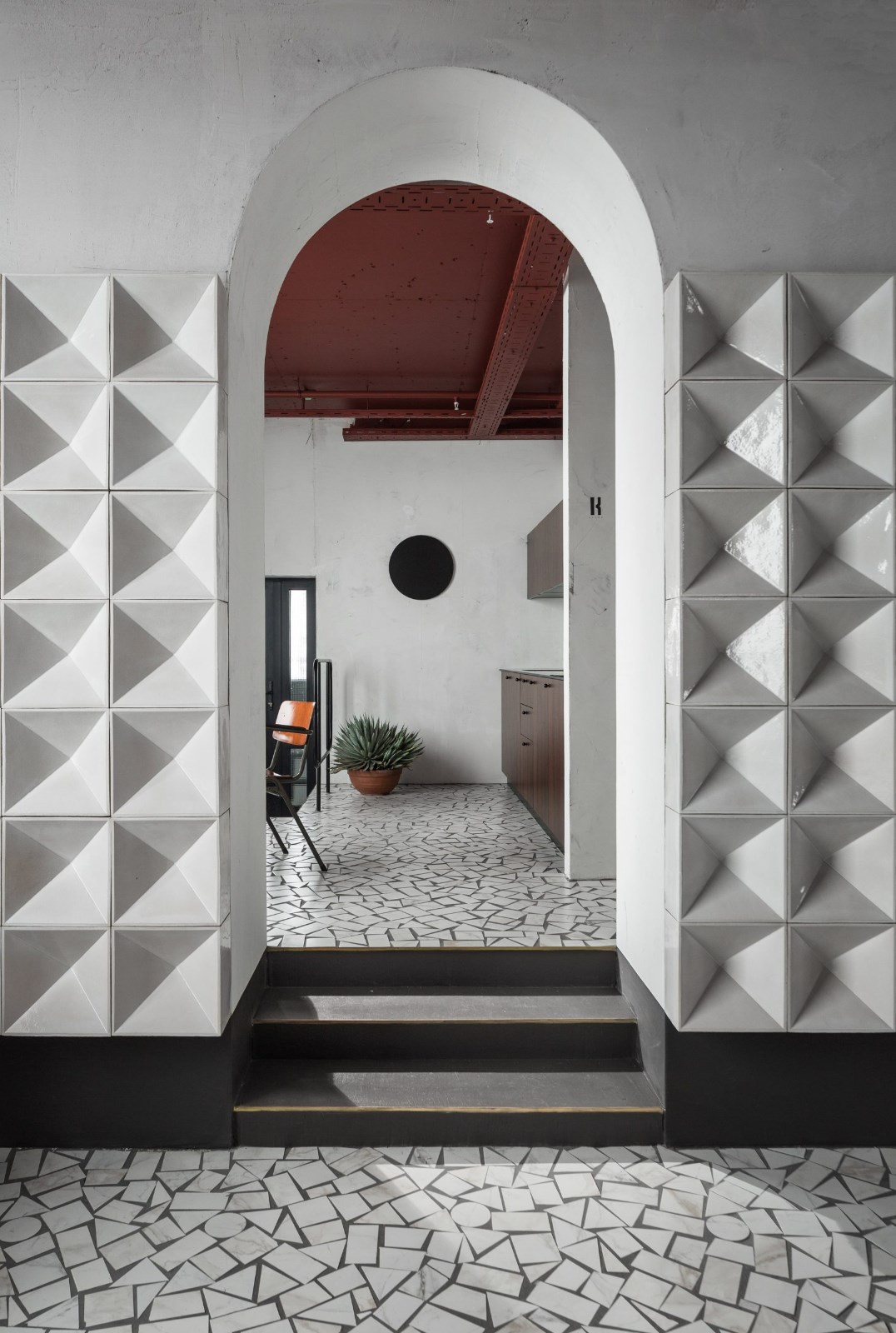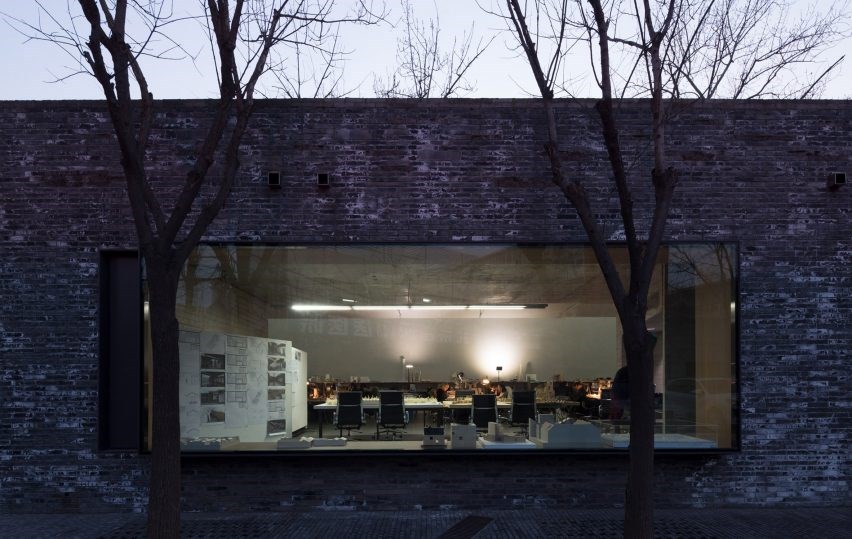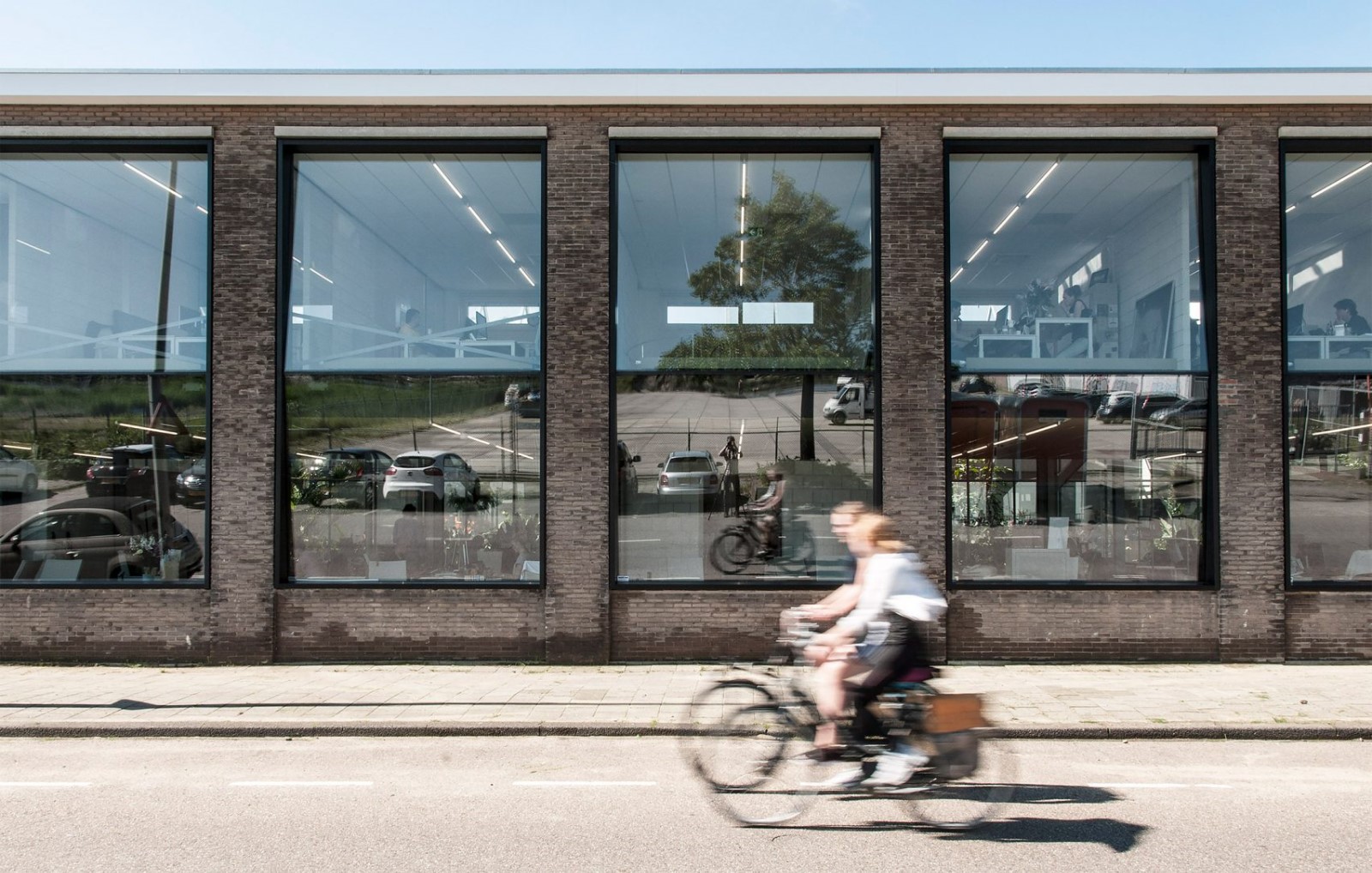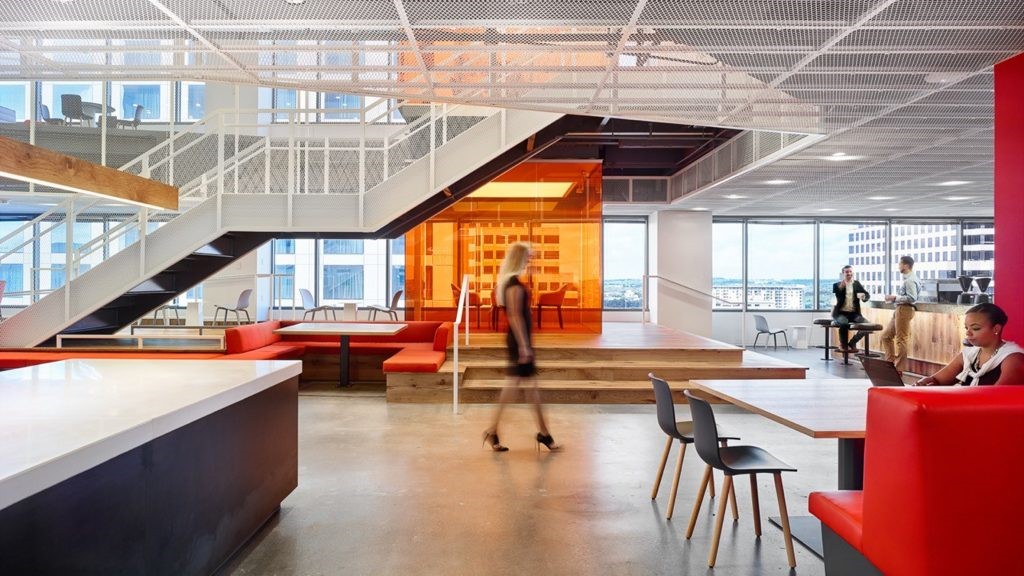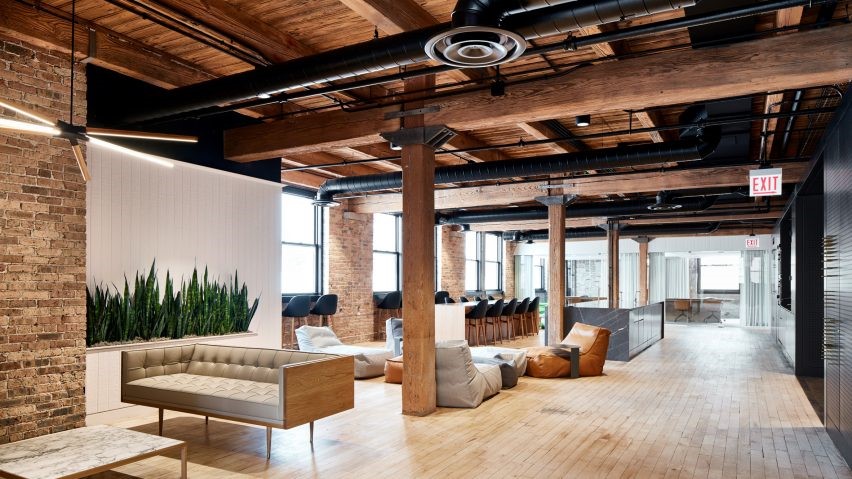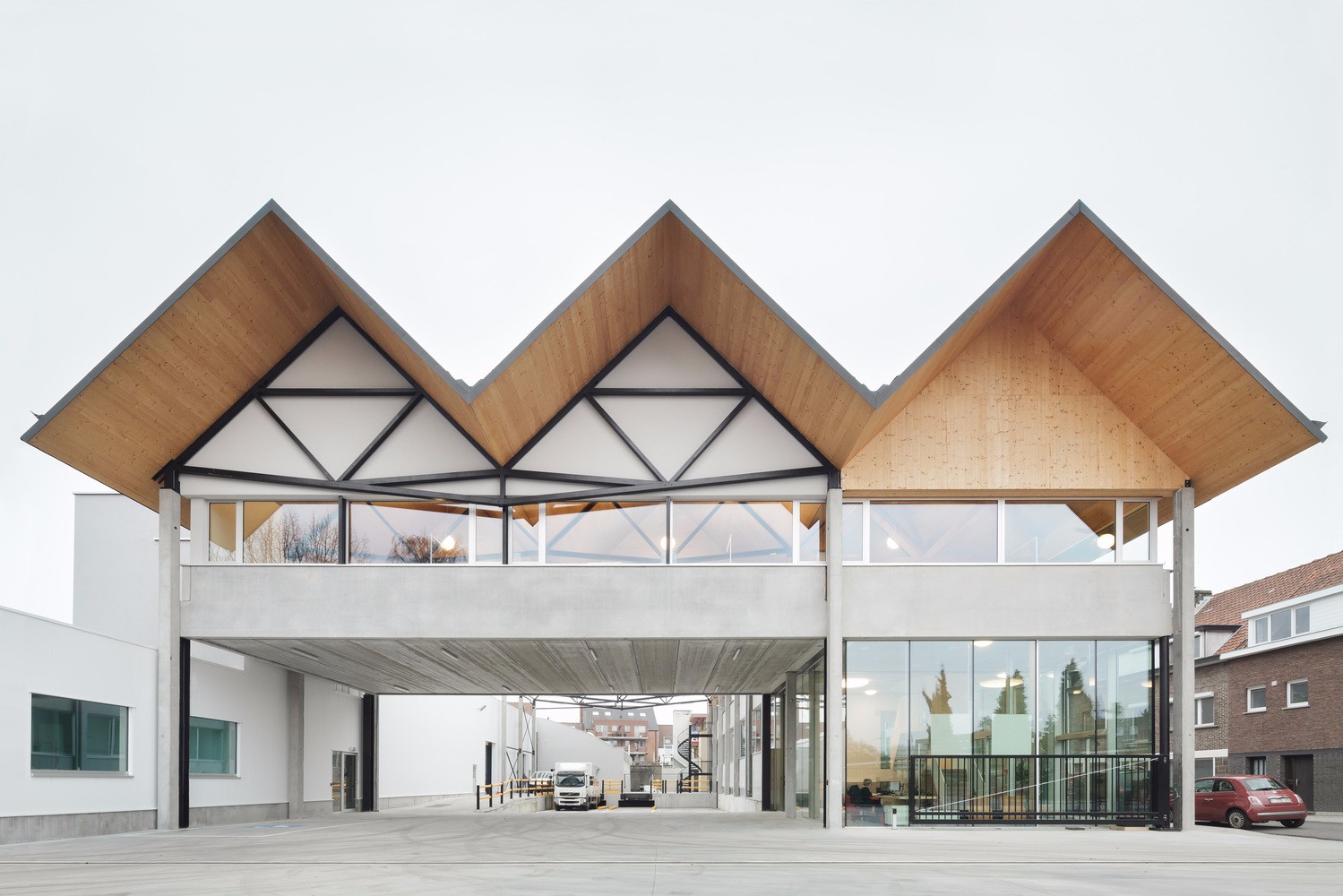RAG Building Eek en Dekkers + Amvest
2016-08-05 04:00
架构师提供的文本描述。这座破布建筑是第一座由建筑公司Eek和Dekkers实现的建筑。这个项目与PietHeinEek几十年来的工作方式完全吻合。Eek不只是担心设计,而是专注于从IDEA到调试的整个过程。EK和Dekkers在这种方法中找到了共同点。正是这种对整个过程的指挥,从概念到完成,确保了结果。这种工作方法的特点是简单,即尊重现有元素,并将其作为新创作的起点。
Text description provided by the architects. The RAG building is the first building to be realised by architectural firm Eek and Dekkers. The project fits seamlessly with the way Piet Hein Eek has been working for decades. Instead of worrying only about the design, Eek focuses on the entire process from idea to commissioning. Eek and Dekkers have found common ground in this approach. It is this command of the whole process, from concept to completion, that secures the result. This working method is characterised by simplicity, whereby existing elements are treated with respect and used as a starting point for new creations.
在以前的生活中,抹布建筑作为一个抽水站,为周围的工厂提供压缩空气和真空等。现在,周围的工业建筑已经让位于新建的房屋,从而使建筑逐渐成为住宅区的中心。该抹布本身也已被分配居住身份。采用铆接拉杆、混凝土围护板和大型工业钢窗的屋顶结构使建筑具有独特的特点。
In its previous life the RAG building functioned as a pumping station, supplying the surrounding factories with compressed air and vacuum, among other things. The industrial buildings around the RAG have now made way for new build homes, so that the building has gradually become the centre of a residential area. The RAG itself has also been allocated residential status. The roof construction with riveted rafters, concrete coffering (‘bims’ plates) and large industrial steel windows give the building a unique character.
发展这座建筑的概念本身就嵌在建筑物内。在六十年代,一座低层建筑在抹布建筑的南侧的整个外墙上实现了。这座矮楼的屋顶构成了一个完美的屋顶平台,供毗邻的客厅和厨房使用。很明显,起居室应该位于这些漂亮的屋顶结构下。
The concept for the development of the building was itself embedded within the building. A low-rise construction was realised across the full length of the façade on the south side of the RAG building in the sixties. The roof of this low rise formed a perfect roof terrace for the adjoining living rooms and kitchens. It was obvious that the living rooms should be situated under these beautiful roof structures.
由于这座建筑如此之大,相邻建筑屋顶上有一个露台的规划实际上是一个接近立面的部分的完美解决方案。但其他部分该怎么办?回顾过去,经过长时间的审议和仔细考虑,我们找到了解决办法。我们决定从建筑物的中心取出一段网格,牺牲两边的两扇窗户,并移除‘Bims’牌。因此,我们创造了一条开放的内部街道,在这条街道上,屋顶露台可以再一次向南延伸。太阳从建筑物上方升起和落下,与新的内街平行。有了这次干预,我们就能立即解决所有问题。窗户、门和现有元件可以100%投入使用。在新的内大街上,我们不仅建造了屋顶露台,而且还建造了所有必要的门窗。只要上层与外墙面的原始钢窗相接,我们就设计了一个细节,让30厘米厚的混凝土包装与原来的水平窗框完全一致。我们尊重和使用现有的细节,并将其纳入新构建的元素中。
As the building is so large, the plan with a terrace on the roof of the adjoining construction was a virtually perfect solution for the section adjacent to the facade. But what to do with the other section? After a, in retrospect, remarkably long period of deliberation and careful consideration, we found the solution. We decided to take out one section of the grid from the heart of the building, sacrifice two windows on either side and to remove the ‘bims’ plates. We thus created an open internal street in which the roof terraces could once again be realised to the south. The sun rises and sets beautifully over the building, parallel to the new inner street. With this intervention we were able to solve everything at once. The windows, doors and existing elements could again be 100% put to use. In the new inner street, we not only made the roof terraces but also all the necessary doors and windows. Wherever the upper floors meet the original steel windows in the outer façade, we devised a detail that allows the 30 centimetre-thick concrete package to correspond exactly with the original horizontal window frames. We respect and use the existing details and incorporate the rest in newly built elements.
内街具有私人公益性,是居民的财产.他们都住在一个屋檐下,但隐私没有问题,因为这些房产是朝南的。附近住宅的客厅墙可以从内街的楼顶露台上看到,上面的玻璃一直延伸到屋顶的顶端。内街的新窗框和门面都是用木头做的。虽然我们最初设想的是典型的钢门窗,就像最初在建筑中使用的那样,但预算削减最终迫使我们寻找替代方案。木窗框被证明是一个很大的改进。大量的大玻璃表面与现有的元素明显不同,而不是模仿旧的建筑。它强调设计和增加-新的是新的,旧的是旧的。(鼓掌)
The inner street has a private-public character and is the property of the residents. They all live together under one roof, but there is no problem with privacy as the properties are south-facing. The living room wall of the neighbouring home is visible from the roof terraces of the properties in the inner street, with above it glass right up to the apex of the roof. The new window frames and facades of the inner street are all made of wood. Although we initially envisioned typical steel windows and doors, as were originally used in the building, budget cuts ultimately forced us to search for alternatives. The wooden window frames turned out to be a great improvement. Instead of imitating the old and building upon it, the numerous large glass surfaces are clearly distinguished from the existing elements. It emphasises the design and the additions – new is new and old is old.
这座建筑坐落在地下一半的巨大地下室上。这个地窖最初是用来建造给排水管道的,也是机器的基础。由于所有现有的门窗都是以这个高度为基础的,我们在彻底拆除地窖后恢复了原来的水平。因此,一楼的起居空间比地面高出一米,可以看到周围的环境,但却没有被忽视。地窖很低,但作为自行车地窖和储藏室是非常有用的。建筑物东侧的一个坡道提供通往内街中段附近的地窖的通道。地板的结构尽可能薄,包括一个有楼梯的大中庭。中庭还提供了两套公寓,在底层有自己的阳台。
The building stands upon an enormous basement that is half underground. This cellar was originally used to house supply and drainage pipes, maintenance and was also the foundation for the machines. As all existing windows and doors were based on this height, we reinstated the original level after completely demolishing the cellar. The living spaces on the ground floor are thus a metre above ground level and have a view of the surroundings, yet are not overlooked. The cellars are low, yet very serviceable as bicycle cellars and storage spaces. A ramp on the east side of the building provides access to the cellars adjacent to the central section under the inner street. The construction of the floor is as thin as possible and includes a large atrium with stairs. The atrium also provides two apartments on the ground floor with their own balconies.
Architects Amvest, Eek en Dekkers
 举报
举报
别默默的看了,快登录帮我评论一下吧!:)
注册
登录
更多评论
相关文章
-

描边风设计中,最容易犯的8种问题分析
2018年走过了四分之一,LOGO设计趋势也清晰了LOGO设计
-

描边风设计中,最容易犯的8种问题分析
2018年走过了四分之一,LOGO设计趋势也清晰了LOGO设计
-

描边风设计中,最容易犯的8种问题分析
2018年走过了四分之一,LOGO设计趋势也清晰了LOGO设计



























































